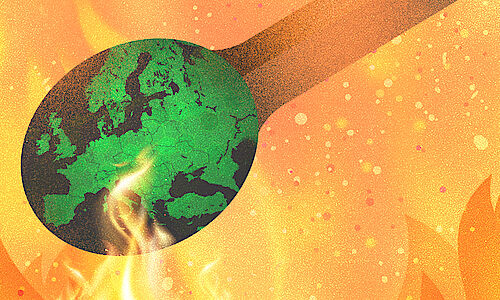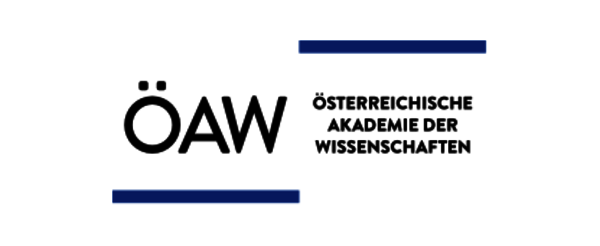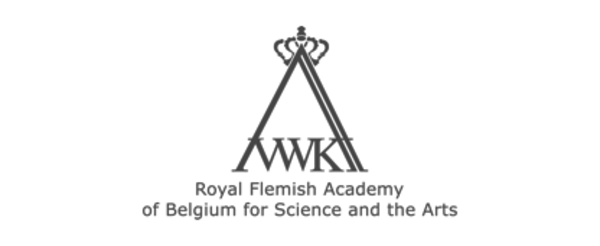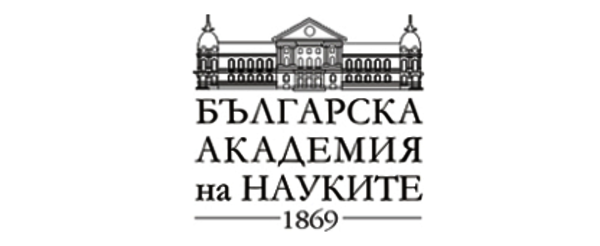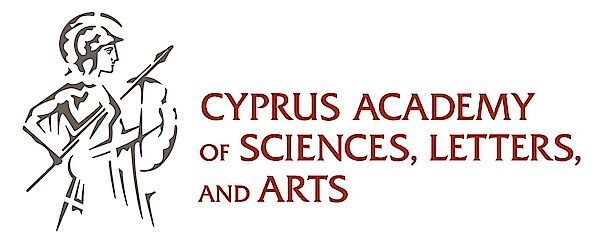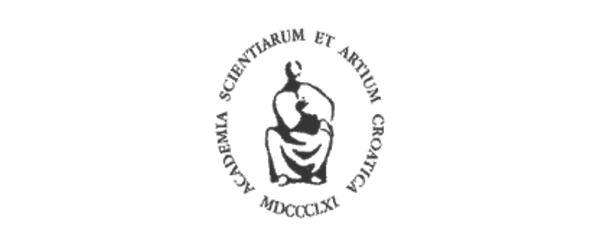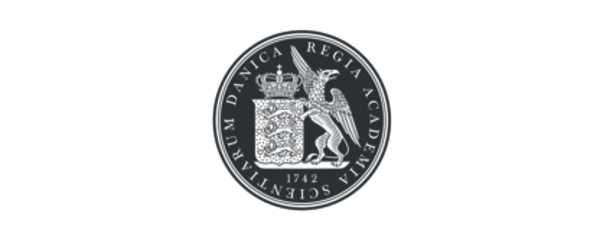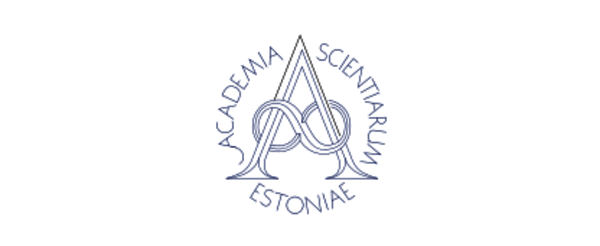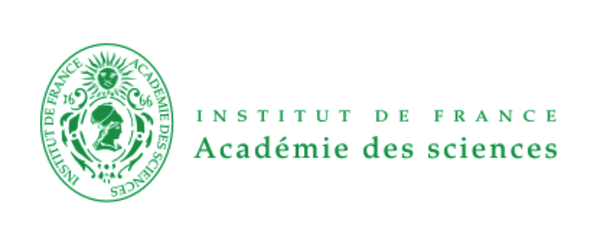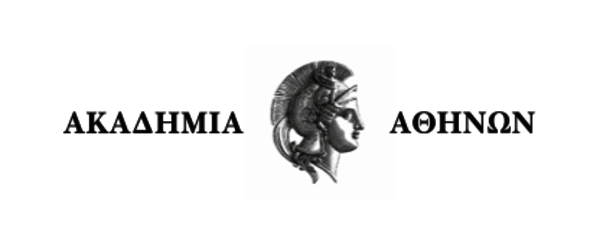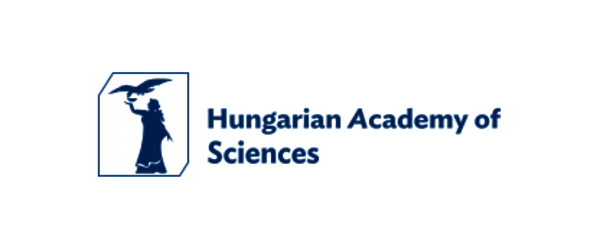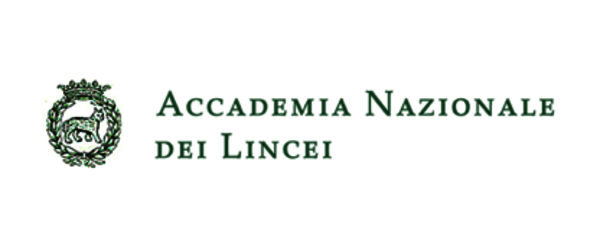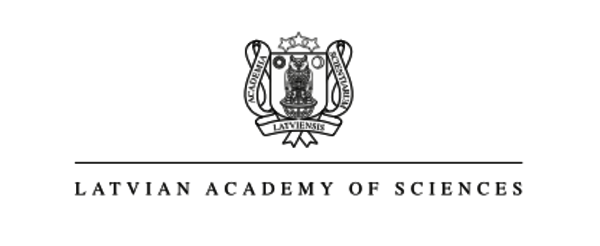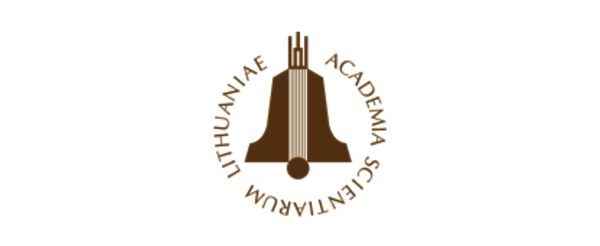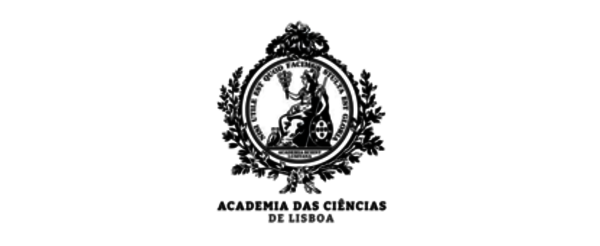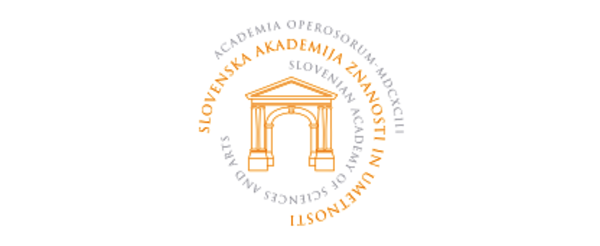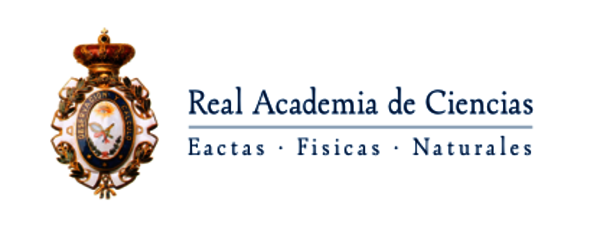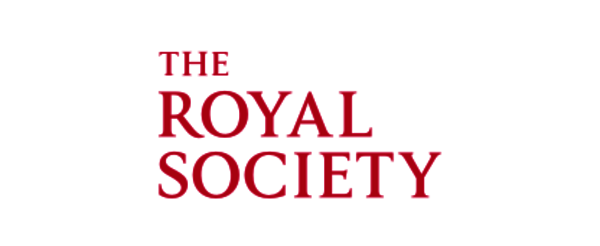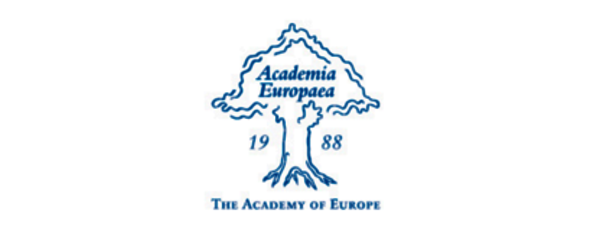News & Academies' activities
Leading Scientists Urge Moratorium on Deep-Sea Mining: Explore Recycling and Terrestrial Resources First
Rising global hunger for rare minerals is driving commercial interest in deep-sea mining and its potential exploitation on a massive scale. In just a few weeks, the International Seabed Authority (ISA) could give the green light for wholesale industrial development of the deep oceans. In an urgent appeal, Europe's science academies warn of the dire consequences on marine ecosystems and challenge the business case for deep-sea mining on any scale until recycling potentials have been fully explored.
Several European countries are sponsors of mining contracts with the ISA, and Norway is planning to exploit minerals within its own exclusive economic zone and extended continental shelf.
“Narrative for deep-sea mining is misleading”
Supporters of deep-sea mining maintain that increased rare minerals demand in ‘green technologies’ such as wind, solar and batteries cannot be met from terrestrial sources. Having examined forecasts, the European Academies of Science Advisory Council (EASAC) is skeptical that deep-sea mining is necessary to cover the needs for critical materials.
“The narrative that deep-sea mining is essential to meeting our climate targets and thus a green technology is misleading”, says Michael Norton, EASAC Environment Director. “Deep-sea mining would not provide many of the critical materials needed for the green transition and other high-tech sectors. In addition, recycling rates can be vastly improved, and future technological innovation has not been adequately considered in forecasts.”
Risk of irreparable damage to millions of square kilometers of seabed
Should the ISA decide to allow commercial mining to proceed this year, millions of square kilometers of the seabed could be affected. “Though major gaps remain in our understanding of the environmental impacts in such remote environments, very large areas of the seabed will be damaged and the biota killed. There is also a risk of substantial secondary effects from the large amounts of sediment released,” explains Professor Lise Øvreås, Professor at Bergen University, Norway. “The seabeds have taken thousands of years to form, and the damage will be irreparable on similar timescales.” Questions also remain on carbon cycles and genetic resources. How to evaluate and mitigate such effects is a huge challenge for the ISA which has a legal duty to avoid serious harm to the marine environment.
Diving blindly into deep-sea mining conflicts with efforts to protect future generations
“There is no agreement on what constitutes serious harm or how to measure environmental impact, so it is difficult to see how ISA can fulfil its mission,” says Lars Walløe, Chair of EASAC’s Environment Steering Panel. Only now is work starting on setting some physical indicators for environmental thresholds but key ones such as effects on biodiversity and ecosystem services are not even under review.
Professor Peter Haugan, Policy Director at the Institute for Marine Research in Bergen, Norway, adds: “The ocean was the origin of life on Earth. With so much biodiversity, it would be reckless to dive into deep-sea mining and destroy these ecosystems which are so vital to our survival. It also completely counteracts recent decisions to protect biodiversity in the Convention on Biological Diversity and the new ‘High Seas Treaty’. We should pause to reflect instead of rushing to an early decision that will later be regretted.”
EASAC also notes that Nation states have large areas of deep sea and its minerals in their exclusive economic zones and may go ahead irrespective of the lack of an international consensus. Any exploitation should be properly monitored and incremental. Knowledge and experience should be shared with the international community as an imperative.
EASAC concludes that the science supports parties such as the European Commission and some member states in their call for a moratorium until scientific standards for environmental protection are developed in line with the international conventions in place.
Press Briefings (media representatives only):
6 June at 0900 CEST
Launch event (open to all)
8 June, 13 h CEST online
Contacts:
Prof. Michael Norton
EASAC Environment Director
Michael.norton@easac.eu
Prof. Lise Øvreås
University of Bergen
Lise.ovras@uib.no
General enquiries:
Sabine Froning
EASAC Communication Adviser
sabine.froning@easac.eu
+49 1520872700
Prof. Peter Haugan
Policy Director Institute of Marine Research Bergen
peter.haugan@hi.no
Prof. Lars Walløe
Chair EASAC Environment Steering Panel
lars.walloe@medisin.uio.no




